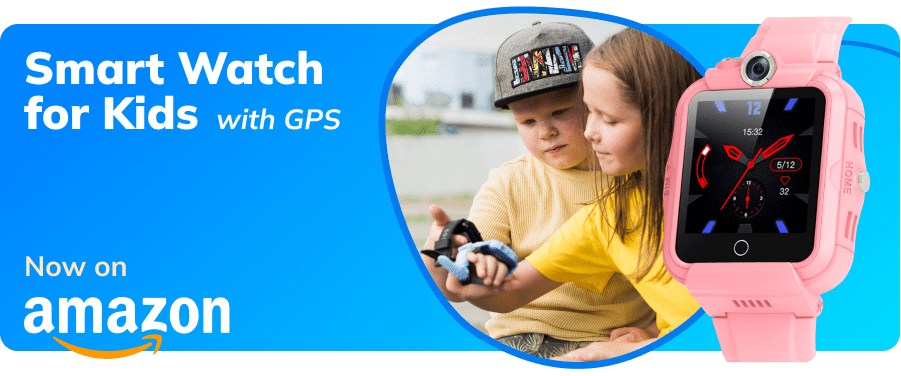How to Lower Kids’ Risk of Eating Disorders

Eating disorders (EDs) are conditions where a person’s relationship with food, body, or eating habits becomes distorted. Research shows that about 22% of children worldwide experience some form of eating disturbance.
These include selective eating, binge eating, atypical anorexia, orthorexia, and other patterns that can affect both children and adults. Often, the roots of these challenges trace back to early childhood experiences.
Studies involving more than 15,000 participants across multiple countries show that a child’s relationship with food begins forming between birth and age 5. How parents feed and talk about food during this time strongly shapes eating behavior later in life.
That doesn’t mean change is impossible after age five. Healthy habits can be built in school years and adolescence, too. It just takes more time, patience, and consistency.
How Early Experiences Shape Eating Behavior
During infancy and preschool years, children learn to recognize hunger and fullness cues, trust their bodies, and develop preferences for certain foods.
If early eating experiences involve irregular meals, pressure to finish food, or strict food restrictions, this can shape a child’s long-term relationship with food.
Phrases like “One more bite for Mommy” or “You can’t leave the table until you finish” may seem harmless, but can interfere with how children understand hunger and control.
According to research published in JAMA Pediatrics, such patterns in early childhood increase the risk of overeating, restrictive dieting, and selective eating later in life.
Social Media and Media Messages Also Play a Role
Beyond family habits, social media, peers, and advertising strongly influence children’s attitudes toward food.
Studies show that teens who spend more time online are more likely to compare themselves with others and feel dissatisfied with their bodies. This can lead to restrictive eating, extreme dieting, or bingeing.
Marketing also matters. Colorful packaging, cartoon mascots, and “limited-time offers” encourage children to choose sugary or high-fat foods. That’s why it’s so important to talk with kids about online content and help them understand that what they see isn’t always real life.
How to Build Healthier Eating Habits and Prevent Disordered Eating
Even if your child has already developed some unhealthy habits, they can be changed gradually with a few simple steps:
- Encourage mindful eating. Teach your child to recognize true hunger and fullness, and to notice when they’re eating out of emotion or habit. For example, a full stomach feels heavy, and interest in food fades naturally.
- Offer choices. Keep them healthy. Keep fruits and veggies on the table for snacks, and let your child decide what to take.
- Have regular family meals. Research shows that shared meals help teens eat a more varied diet and get enough nutrients.
- Avoid forcing or restricting food. Don’t make children finish their plate or ban foods completely — it can backfire and lead to overeating or guilt.
- Model healthy behavior. Kids copy what they see. If you enjoy balanced meals and treat food without guilt, they’ll do the same.
- Talk about social media and ads. Explain that influencers and brands show only the “perfect” version of reality. Discuss how marketing affects food choices and help your child think critically.
- Promote variety. Include vegetables, fruits, grains, proteins, and dairy products.
When to Seek Professional Help
If your child often skips meals, counts calories obsessively, avoids entire food groups, binge eats, or seems overly worried about their weight, it’s time to talk to a pediatrician, child psychiatrist, or psychologist who has experience working with eating disorders.
Eating habits form early, but they can always be improved. Change may take time, but it’s worth it. A balanced relationship with food is one of the most valuable gifts you can give your child for life.
References
- Global prevalence of eating disorders in children: a systematic review and meta-analysis, Italian Journal of Pediatrics, 2025
- Advancements in the diagnosis and treatment of eating disorders in children and adolescents: challenges, progress, and future directions, Nutrients, 2025
- Food parenting and Children’s eating behaviour: Exploring the role of coparenting, Appetite, 2024
- Global proportion of disordered eating in children and adolescents: a systematic review and meta-analysis, JAMA Pediatrics, 2023
- Risk factors for eating disorders: findings from a rapid review, Journal of Eating Disorders, 2023
- Parental feeding practices and children’s eating behaviours: an overview of their complex relationship, Healthcare, 2023
- Affect, body, and eating habits in children: a systematic review, Nutrients, 2023
Проверьте электронный ящик



















